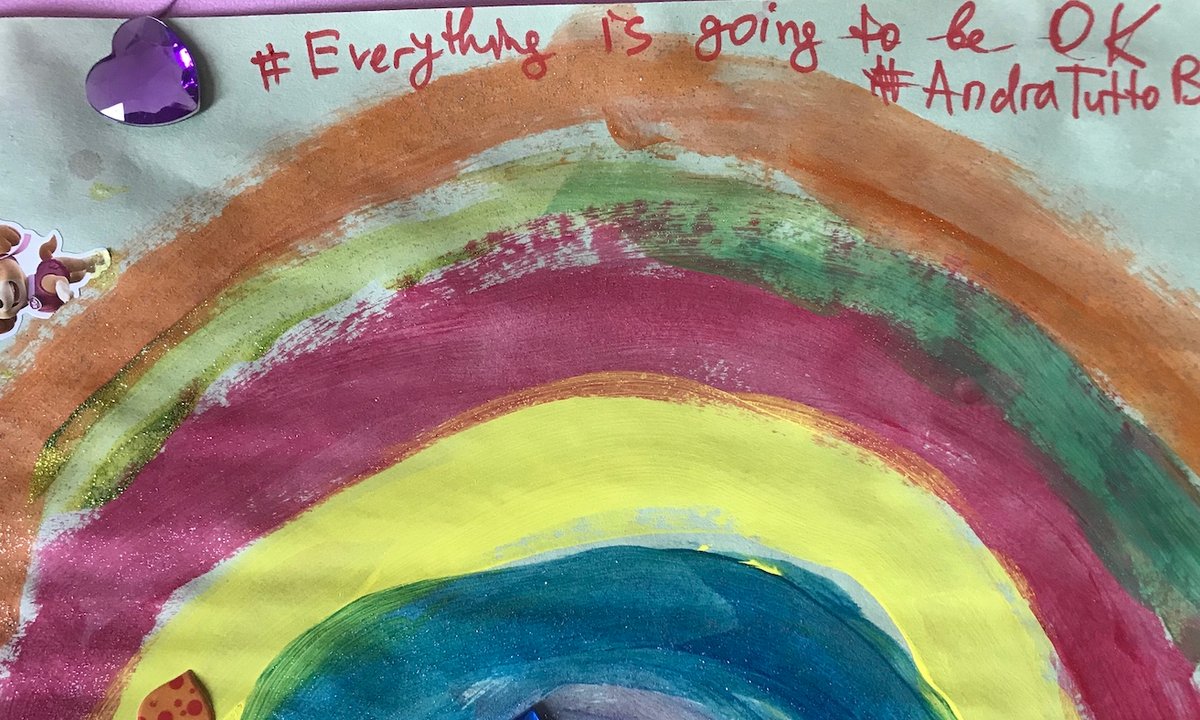Forest Gathering N.2
2005 - Photography (Photography)
Gregory Crewdson
Forest Gathering N.2 is part of the series of photographs Beneath the Roses (2003-2005) where anonymous townscapes, forest clearings and broad, desolate streets are revealed as sites of mystery and wonder; similarly, ostensibly banal interiors become the staging grounds for strange human scenarios. These scenes are tangibly atmospheric, visually alluring and often deeply disquieting. Never anchored precisely in time or place, these and the other narratives of Beneath the Roses are rather located in the dystopic landscape of the anxious American imagination. Crewdson’s process and approach are patently cinematic. This series took shape over the course of three years in collaboration with a full production team. His projects are made both on studio soundstages and on location in various small towns. After the photograph is taken, Crewdson continues his obsessive process in post-production, using state-of-the-art digital compositing and special effects. And in the end – like film at its best – Crewdson’s fictions, elaborately staged and plotted though they may be, convey an experience that is intensely real.
Gregory Crewdson works within a photographic tradition that combines the documentary style of William Eggleston and Walker Evans with the dream-like vision of filmmakers such as Stephen Spielberg and David Lynch. Crewdson’s method is equally filmic, building elaborate sets to take pictures of extraordinary detail and narrative portent. When he was ten, Crewdson’s father, a psychoanalyst, took him to see a Diane Arbus exhibition at MoMA, an early aesthetic experience that informed his decision to become a photographer. Crewdson’s everyday scenes with charged, surreal moods hint at the longings and malaise of suburban America. The artist uses “the limitations of a photograph in terms of narrative capacity to have an image that is frozen in time, where there’s no before or after” and has turned that restriction into a unique strength. Gregory Crewdson was born in New York in 1962. He lives and works in New York.
Colors:
Related works of genres: » 21st-century american photographers, » 20th-century american photographers
» see more

© » KADIST
Philip-Lorca diCorcia
For this series, Philip-Lorca diCorcia walked along Santa Monica Boulevard in Los Angeles in search of models who would be prepared to pose in hotel rooms according to pre- planned scenarios...

© » KADIST
Bruce Conner
1995Bruce Conner is best known for his experimental films, but throughout his career he also worked with pen, ink, and paper to create drawings ranging from psychedelic patterns to repetitious inkblot compositions...
Related works featuring themes of: » Americana, » Architecture in Art, » Bedrooms and Bathrooms, » Cinematic, » American
» see more

© » KADIST
Paul McCarthy
2010To make Mickey Mouse (2010), Paul McCarthy altered a found photograph—not of the iconic cartoon, but of a man costumed as Mickey...

© » KADIST
Lin Yilin
Golden Bridge is part of “Golden Journey”, a series of site-specific performances and installations created during Lin’s residency at Kadist San Francisco...
Other related works, blended automatically
» see more

© » KADIST
Paul McCarthy
2010To make Mickey Mouse (2010), Paul McCarthy altered a found photograph—not of the iconic cartoon, but of a man costumed as Mickey...

© » KADIST
Matt Lipps
2011In the series Horizons (2010), Lipps uses appropriation to riff on Modernism’s fascination with abstract form...

© » KADIST
Jennifer Bornstein
1994Collectors’ Favorites is an episode of local cable program from the mid-1990s in which ordinary people were invited to present their personal collections—a concept that in many ways anticipates current reality TV shows and internet videos...
Related works sharing similar palette
» see more
Related works from the » 2000's created around » New York, New York
» see more

© » KADIST
Glenn Ligon
2000Glenn Ligon’s diptych, Condition Repor t is comprised of two side-by-side prints...

© » KADIST
Ari Marcopoulos
2008In Jackass (2008) by Ari Marcopoulos, his two sons, Cairo and Ethan, are pictured relaxing in a disheveled bedroom in their Sonoma home...

© » KADIST
James Welling
2006Welling employs simple materials like crumpled aluminum foil, wrinkled fabric and pastry dough and directly exposes them as photograms, playing with the image in the process of revealing it...

© » KADIST
Kate Gilmore
2008In the six-minute single-channel video Higher Horse , Kate Gilmore perches herself on top of a tall pile of plaster blocks, in front of a pink colored wall with vein-like streaks of red...
Related artist(s) to: Gregory Crewdson » Hilla Becher, » Hiroshi Sugimoto, » Thomas Demand, » Andy Warhol, » Cindy Sherman, » Jeff Wall, » Rineke Dijkstra, » Roni Horn, » Sophie Calle, » Tacita Dean
» see more

© » KADIST
Tacita Dean
2001The photographic quality of the film Baobab is not only the result of a highly sophisticated use of black and white and light, but also of the way in which each tree is characterized as an individual, creating in the end a series of portraits...
Related works found in the same semantic group
» see more

© » KADIST
Cyprien Tokoudagba
In a style that is unique of Tokoudagba, he evokes the kings, gods and their symbols related to the earth, water, air and fire, usually on a white background...











